When Is a Truffle NOT a Truffle?
Truffles and chocolate truffles might share a name, but they couldn’t be more different. One comes from the earth, while the other comes from a confectioner’s kitchen. Yet, people often confuse the two. This post will clear up the mystery.
Let’s start with chocolate truffles. These sweet treats are small, round, and decadent. They get their name because they resemble the shape of the underground fungi. Made from rich ganache, a mixture of chocolate and cream, they are often coated in cocoa powder or nuts. Chocolate truffles are a delight for dessert lovers everywhere.
Now, onto truffles from the ground. These are rare fungi prized in gourmet cooking. Found near tree roots, truffles are earthy, aromatic, and expensive. They add depth and luxury to savory dishes. White and black truffles are the most well-known varieties. Chefs shave them over pasta, risotto, or even eggs for an unforgettable flavor.
While these two share a name, they serve completely different purposes. Chocolate truffles satisfy your sweet tooth. Earthy truffles elevate your culinary experience. Both are luxurious in their own way. By the end of this post, you’ll understand their differences and appreciate each for what it offers. Let’s dive in!
What Came First
Ask a chef at a white tablecloth restaurant to describe a truffle, and he or she will probably wax poetic about the very expensive fungi that grow beneath oak trees. Ask a pastry chef to describe a truffle, and you will hear of a soft-centered confection coated in tempered chocolate.
How did the fungus and the candy end up with the same name? Which came first, the savory truffle or the sweet one?
This post will take a look at truffles. And truffles. A little truffle history, and a recipe or two thrown in for good measure. So, enjoy this exploration of truffles. And truffles.
Truffles From The Ground
What’s In A Name
The name “truffle” comes from the Latin for “lump.” Not a very auspicious name for such an expensive ingredient, but it is descriptive.
Truffles belong to a family of fungi that grow underground in a symbiotic relationship with certain trees, most notably oak, but also hazel, beech, and poplar. Since they do grow under the soil, they are difficult to find.
Historically, pigs were used to hunt down truffles. Pigs do not need to be trained to do this; this is an innate ability.
Scientists think that it might have to do with the truffles giving off a pheromone that attracts the pigs. The downside of using pigs to find truffles is that, not only are they genetically predisposed to find truffles, but they are also predisposed to eat them once found.
As you can imagine, this trait is not good for the truffle farmer’s pocketbook. Most farmers now use dogs specially trained to sniff out truffles, much like dogs are trained to sniff out illegal drugs.
All About Truffles
I interviewed my friend Lola who knows a thing or two about truffles, how and where they are found, and why they are so expensive. You can read the entire interview at All About Truffles and here is an excerpt.
Preposterously elusive, harvested with spy-story secrecy, imbued with an otherworldly mix of sublime and naughty fragrances and often confused with the fine chocolate with the same name, the truffle has been prized by peasants and nobles alike for centuries….
The Diamonds of the Kitchen
Truffles are subterranean fungi that flourish via a symbiotic relationship with the roots of certain trees, e.g., beech, hazel, oak, etc. They are not mushrooms which are completely different fungi. They are also not to be confused with the chocolate confection that bears the same name.
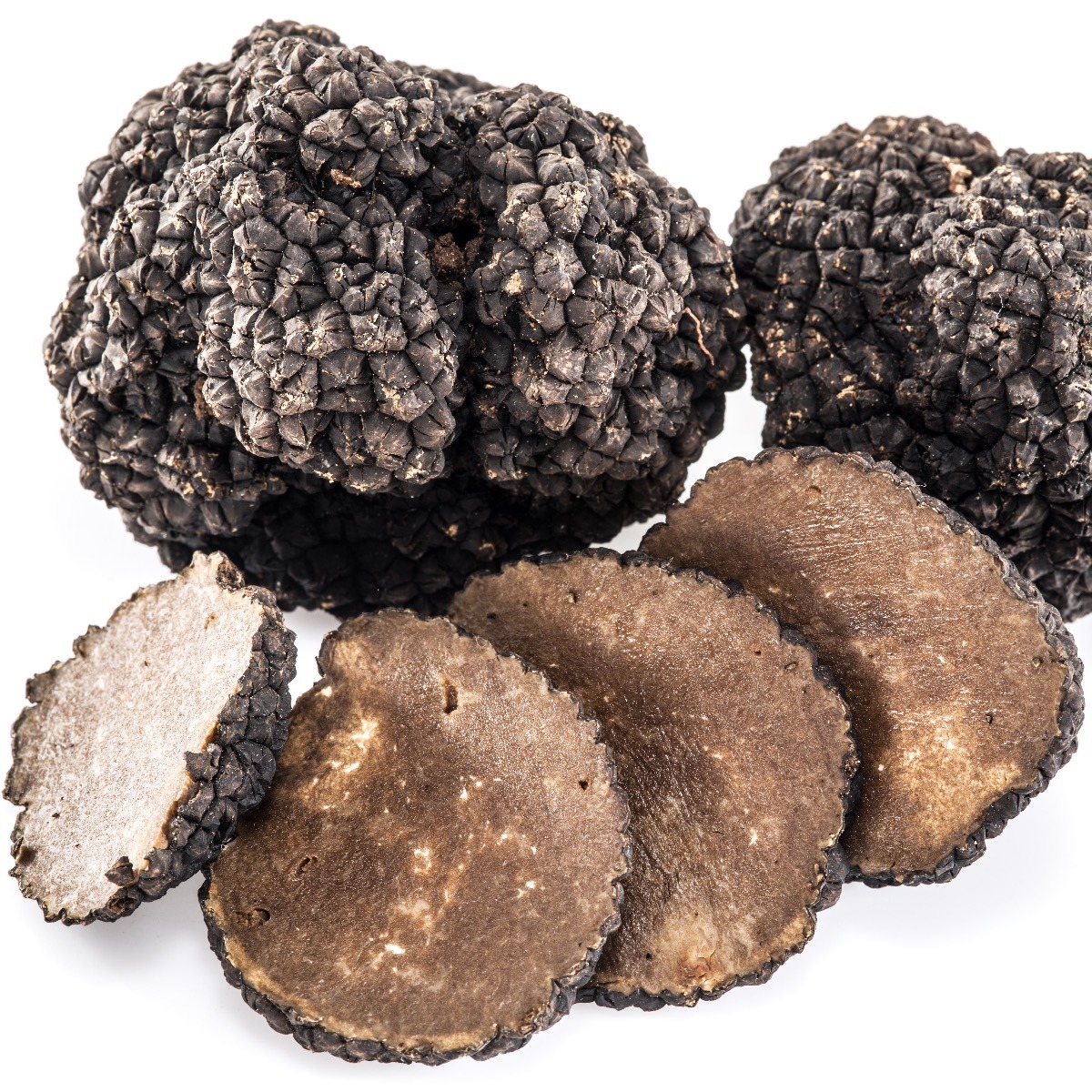
Black or White Truffles
The Two Main Types of Truffles
There are two main types of truffles used in the culinary world-white truffles and black truffles. However, there are also summer and winter versions of both black and white. (see below)
White truffles are generally much more expensive than their black cousins. The flavor of white truffles is very pungent and earthy. White truffles are very aromatic, but their scent and flavor dull with cooking. Because of this, white truffles are generally served raw, and shaved very thinly over pasta or other dishes.
Black truffles are far less pungent than white truffles, and their flavor holds up well when cooked making them suitable for cooking with meats, fowl, and stuffing.
Summer or Winter Truffles
Let Me Totally Confuse You
I already said there are two main types of truffles – black and white. But there are also summer and winter versions of each.
Summer truffles of both colors are considered to be inferior to winter truffles, mainly because they have a subtler flavor and are decidedly less pungent. Of the two colors of truffles, white truffles are best served raw because they lose pungency when cooked. The flavor of black truffles is actually enhanced by cooking.
Winter white truffles are highly prized for their garlic/shallot flavor and fragrance. Rather than dead white, white truffles are a cream-to-yellowish color on the outside. Unlike black truffles, white truffles have relatively smooth skin.
Summer white truffles are the same variety as winter white truffles and look identical. The only difference between the two is when they are harvested. The summer white truffle is not quite as fragrant as the winter white truffle, but they are still a wonderful option.
The winter black truffle is a gray to brownish-black color on its bumpy exterior. Cutting into one, you will find thin white veins running through the interior. These veins indicate maturity. The most highly prized truffle for cooking, their flavor has been described as both chocolaty and earthy.
The summer black truffle looks very similar to the winter black truffle on the outside. The interior tends to be a bit grayer in color than its winter cousins. While not as highly prized as winter black truffles, the summer variety still has a pleasing pungency, although it is more subtle.
Where To Purchase Fresh Truffles Online?
Only Buy From Reputable Purveyors
I would start there if you are near a great specialty market or have a supermarket that carries exotic gourmet items. You may or may not get lucky.
If not, there are a number of reputable sources online including Amazon.com which includes a number of purveyors who market fresh truffles as well as other truffle products.
What About Truffle Oil?
The next best thing is if you don’t have fresh truffles.
Some of you may have heard of or even used truffle oil. Many professional chefs consider truffle oil a reasonable, and more reasonably priced, substitute for truffles. Most commercially produced truffle oils are artificially flavored, however. This is not necessarily a bad thing, know that, if you are purchasing truffle oil, it most likely is not made with truffles, although its flavor might be very pungent and pleasing.
You will find many varieties of truffle-infused oil including Black Truffle Oil, White Truffle Oil, Concentrated Truffle Oil, French, and Italian from various producers. The Italian truffles are the best known, but the French Perigord Truffle also called Winter Black Truffle are exquisite.
Truffle oils are generally not used in cooking, as the heat adulterates their flavors. Instead, they are added after a dish is prepared or used in salads and other cold dishes. You can add small amounts to soups, stews or sautees to add an additional layer of flavor.
Truffle Hunting in Siena
Dogs are not as piggy as the pigs who wolf down the truffles
Cultivating Truffles
It’s All About Supply & Demand
Contrary to what many people think, it is possible to cultivate truffles. This was done very successfully and on a large scale back in the late 1800s in France. Farmers would plant acorns dropped by oak trees that had truffles at their bases in other fields, and in a few years: voila-truffle fields.
As the life cycle of the symbiotic relationship between tree and fungus is only about 30 years, these fields are no longer productive. World Wars I and II also greatly interfered with truffle production. Today’s farmers are against mass cultivation, as the relative scarcity of truffles keeps the demand-not to mention the price-high.
Truffles are grown in many parts of Europe but are most notable in France and Italy. China produces a lot of truffles, but they are often considered inferior quality to European truffles. Believe it or not, there is even domestic production of the black truffle. There are truffle-producing groves in the Piedmont areas of North Carolina and Virginia!

The Truffle Shaver
An Inexpensive Gadget For A Very Expensive Ingredient
The truffle shaver was developed to make the most of a costly ingredient. The thinner the slices, the longer the truffle will last. And, since truffles are extremely pungent and flavorful, a little goes a long way. Truffle shavers look very similar to a cheese plane. They differ in that you can control the thickness of each slice by turning a nut on the slicer. Slices can range in thickness from almost paper thin to about 1/8″.
At first glance, the truffle shaver might seem like a one-trick pony-that all it is good for is shaving truffles. While this is the reason they were developed, you can also use a truffle shaver to shave hard cheese, such as Parmesan and Romano, for thin-slicing garlic or shallots, and for shaving chocolate.
You can also use a truffle shaver to make thin slices of almost any small, hard vegetable or fruit, such as radishes, mushrooms, new potatoes, strawberries, and kiwi. You can even use it to make thin slices of ginger making kimchi!
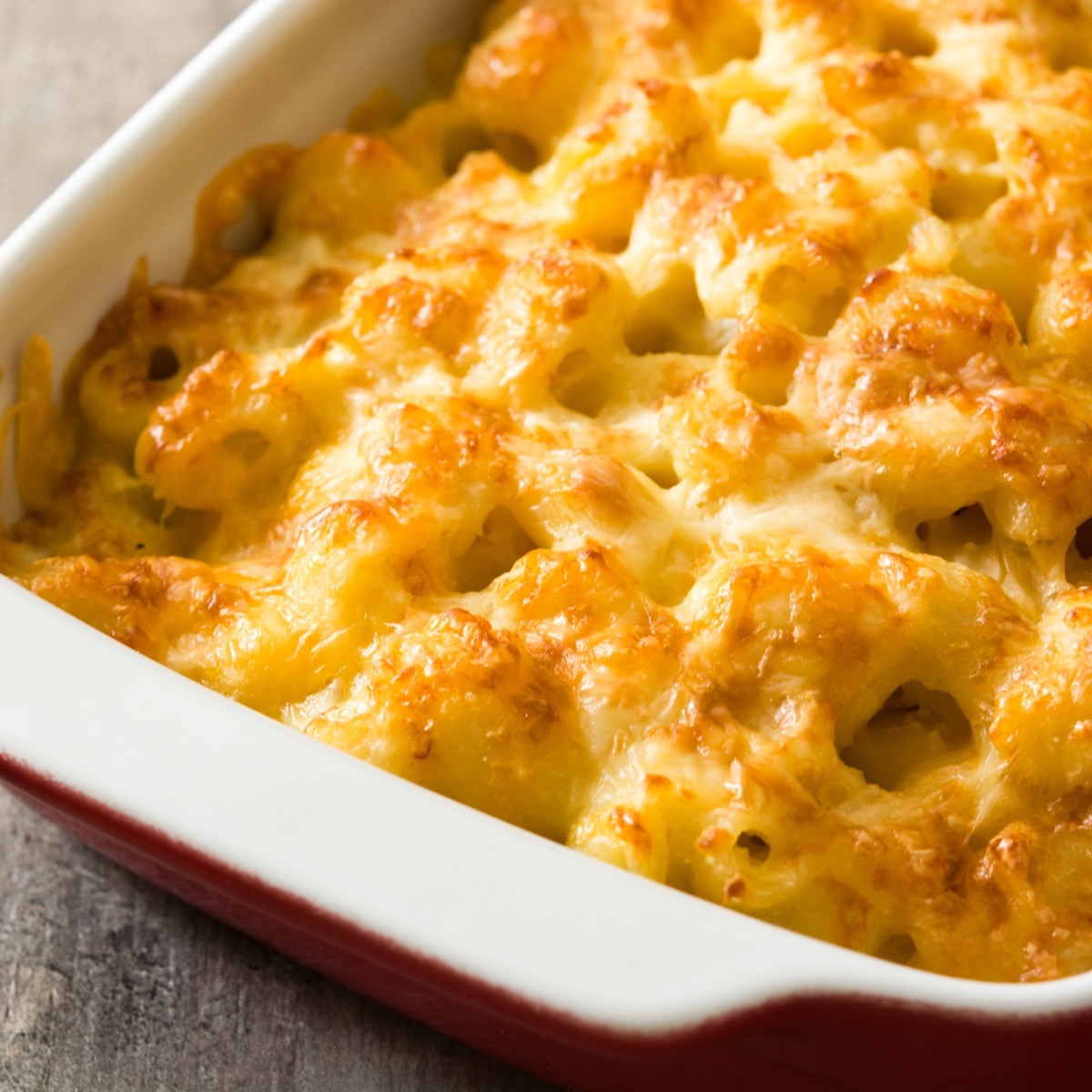
Truffled Macaroni and Cheese
I’m not sure the kids will eat this Mac & Cheese but you could try
Truffle macaroni and cheese seems to be all the rage right now, and why not? Almost everyone loves rich and creamy mac and cheese. Add to it the earthy depth that truffles can bring, and you have the perfect upscale side dish for a special meal.
Wild Mushroom Macaroni and Three Cheeses with Truffle Oil
Ingredients
- 1 cup crimini mushrooms sliced
- 1 cup shitake muchrooms sliced
- 2 tablespoons olive oil
- 1½ tablespoons dry sherry
- 3 tablespoons butter
- 3 tablespoons flour
- 3 cups whole milk warmed
- 4 ounces herbed goat cheese crumbled
- 4 ounces sharp cheddar shredded
- 3 ounces fontina cheese shredded
- 1 tablespoon fresh thyme leaves
- 2 tablespoons truffle oil or to taste
- 10 ounces elbow pasta
- salt and fresh cracked pepper to taste
- 2 ounces Parmigiano Reggiano cheese
- ½ cup panko breadcrumbs
Instructions
- Heat a skillet and then add the olive oil.
- Once the oil is hot, add the mushrooms, sherry and salt and pepper to taste and cook over medium-high heat until for about 3-4 minutes, or until the mushrooms have given up all their liquid and the pan is almost dry.
- Stir in the fresh thyme. Set the mushrooms aside.
- In the same pan, heat the butter until bubbly.
- Add the flour and whisk and cook until golden, about 3 minutes.
- Add the 3 cups of milk and stir until boiling and thickened. Season with salt and pepper.
- Off the heat, stir in the goat cheese, cheddar and fontina, a bit at a time. You might need to put the mixture back over low heat, but don’t let it boil.
- Stir in the truffle oil and the reserved mushrooms.
- Cook the pasta according to package directions to al dente, drain well and stir into the cheese-mushroom mixture.
- Taste, and correct seasonings.
- Put the pasta in a baking dish.
- Mix the panko and Parmesan and sprinkle evenly over the top of the casserole.
- Bake the mac and cheese in the upper third of a 400°F oven until the cheese is bubbling and the topping is a deep golden brown.
Let’s Not Forget The Famous Truffle Shuffle
From the movie The Goonies
Wild Mushroom Macaroni and Three Cheeses with Truffle Oil
Ingredients
- 1 cup crimini mushrooms sliced
- 1 cup shitake muchrooms sliced
- 2 tablespoons olive oil
- 1½ tablespoons dry sherry
- 3 tablespoons butter
- 3 tablespoons flour
- 3 cups whole milk warmed
- 4 ounces herbed goat cheese crumbled
- 4 ounces sharp cheddar shredded
- 3 ounces fontina cheese shredded
- 1 tablespoon fresh thyme leaves
- 2 tablespoons truffle oil or to taste
- 10 ounces elbow pasta
- salt and fresh cracked pepper to taste
- 2 ounces Parmigiano Reggiano cheese
- ½ cup panko breadcrumbs
Instructions
- Heat a skillet and then add the olive oil.
- Once the oil is hot, add the mushrooms, sherry and salt and pepper to taste and cook over medium-high heat until for about 3-4 minutes, or until the mushrooms have given up all their liquid and the pan is almost dry.
- Stir in the fresh thyme. Set the mushrooms aside.
- In the same pan, heat the butter until bubbly.
- Add the flour and whisk and cook until golden, about 3 minutes.
- Add the 3 cups of milk and stir until boiling and thickened. Season with salt and pepper.
- Off the heat, stir in the goat cheese, cheddar and fontina, a bit at a time. You might need to put the mixture back over low heat, but don’t let it boil.
- Stir in the truffle oil and the reserved mushrooms.
- Cook the pasta according to package directions to al dente, drain well and stir into the cheese-mushroom mixture.
- Taste, and correct seasonings.
- Put the pasta in a baking dish.
- Mix the panko and Parmesan and sprinkle evenly over the top of the casserole.
- Bake the mac and cheese in the upper third of a 400°F oven until the cheese is bubbling and the topping is a deep golden brown.
Chocolate Truffles
A Little Truffle History
Legend says the classic chocolate truffle began by accident in 1920s France. One of Auguste Escoffier’s apprentices made a mistake. Instead of tempering chocolate into an egg mixture, they poured boiling cream over chopped chocolate.
Refusing to waste the costly ingredients, they whisked them together. When the mixture cooled, they rolled it into little balls. To finish, they dusted the balls with cocoa powder.
The uneven shapes resembled the fungus known as truffles. And just like that, the chocolate truffle was born. Although the story may not be true, it reminds us that mistakes can lead to wonderful creations.
In America today, the word “truffle” often describes any chocolate candy filled with cream. These candies may contain caramel, nuts, fruit, or even liqueurs. However, the original French truffle sticks to tradition.
A French chocolate truffle always uses a ganache center. It’s rolled in tempered chocolate, chopped nuts, or cocoa powder. At its simplest, ganache combines two parts quality chocolate and one part cream. Hot cream melts the chocolate, and the mixture becomes smooth and glossy. Once chilled, the ganache is scooped and rolled into balls.
Despite their fancy reputation, chocolate truffles are simple to make. Try them as gifts or elegant desserts with just a little effort!
Make Your Own Truffles
A simple truffle recipe – makes about 30
This recipe can easily be doubled or even tripled.
A Simple Chocolate Truffle Recipe
Ingredients
- 8 ounces semisweet or bittersweet chocolate best quality, cut into small pieces
- ¾ cup heavy whipping cream
- 2 tablespoons unsalted butter
- 1 pinch salt
- 2 tablespoons alcohol Cognac, brandy, Grand Marnier, kirsch, rum, bourbon, or Kahlua to name a few (optional)
- Rolling options: sifted powdered sugar, sifted cocoa powder, finely chopped toasted nuts, crushed espresso beans, etc.
Instructions
- Place the chopped chocolate and salt into a metal bowl.
- Bring the cream and butter to a boil, and pour over the chocolate. Whisk until well combined.
- Whisk in the alcohol, if using, or just add a teaspoon or so of vanilla.
- Pour your ganache into a shallow dish, cover, and refrigerate until firm (several hours to overnight).
- When ready to make your truffles, make sure you have a fairly large work space.
- Wearing thin latex gloves will keep your hands clean and keep the ganache from melting too quickly in your hands.
- Have your rolling options in shallow pans-aluminum pie pans work well.
- Using a melon baller or just a spoon, scoop up some ganache and roll it quickly into an irregular ball shape.
- Drop the truffle into one of the pie plates. Once you have rolled ten or so truffles, shake the pie pan(s) to completely coat the ganache.
- Place finished truffles on a plate or in a storage container. It is easiest to have a separate container for each type of truffle you are making.
- Refrigerate the truffles for up to two weeks, or freeze them for up to two months. You can serve them right from the refrigerator, but they are best if you let them sit out for a half hour or so before serving.
Where Does Chocolate Come From?
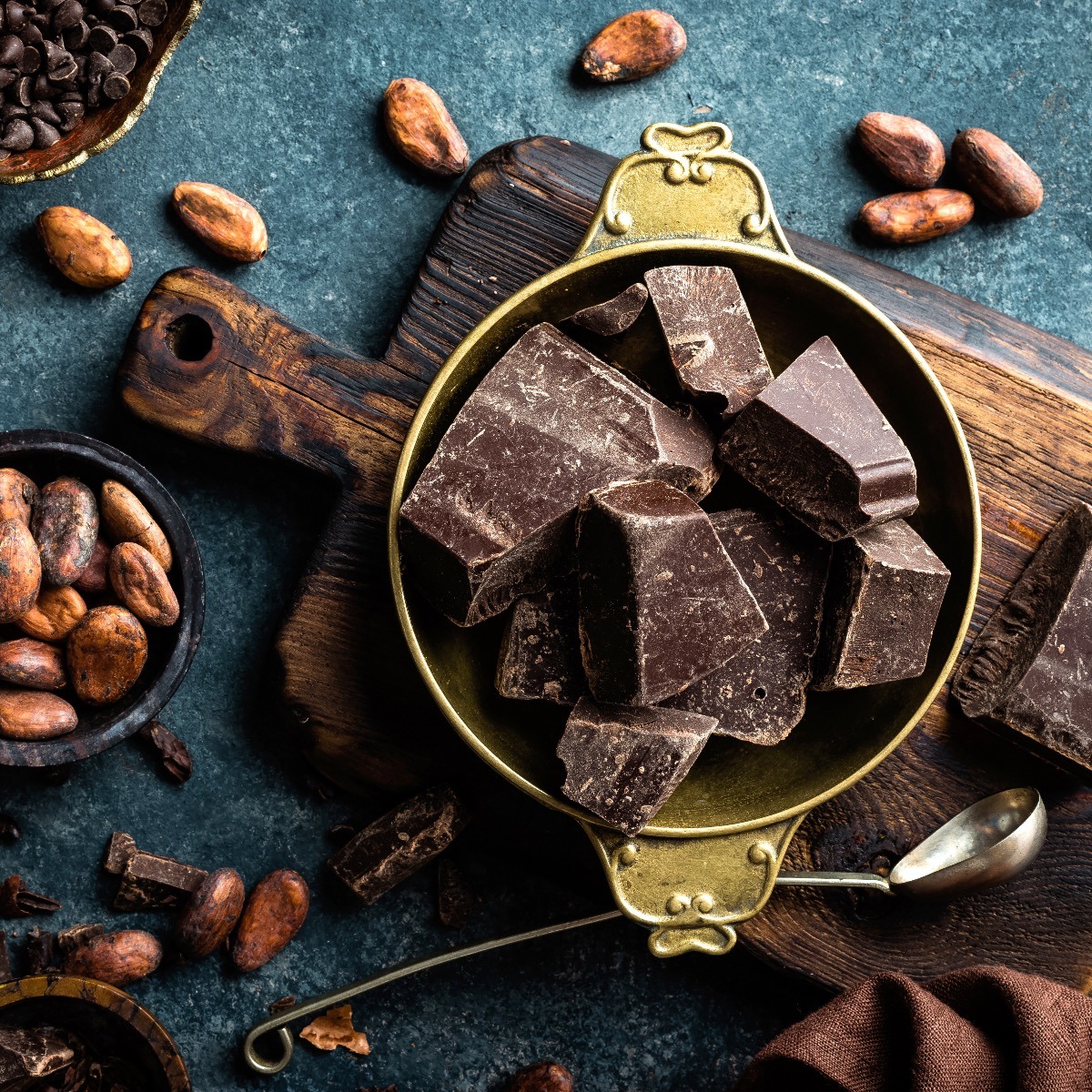

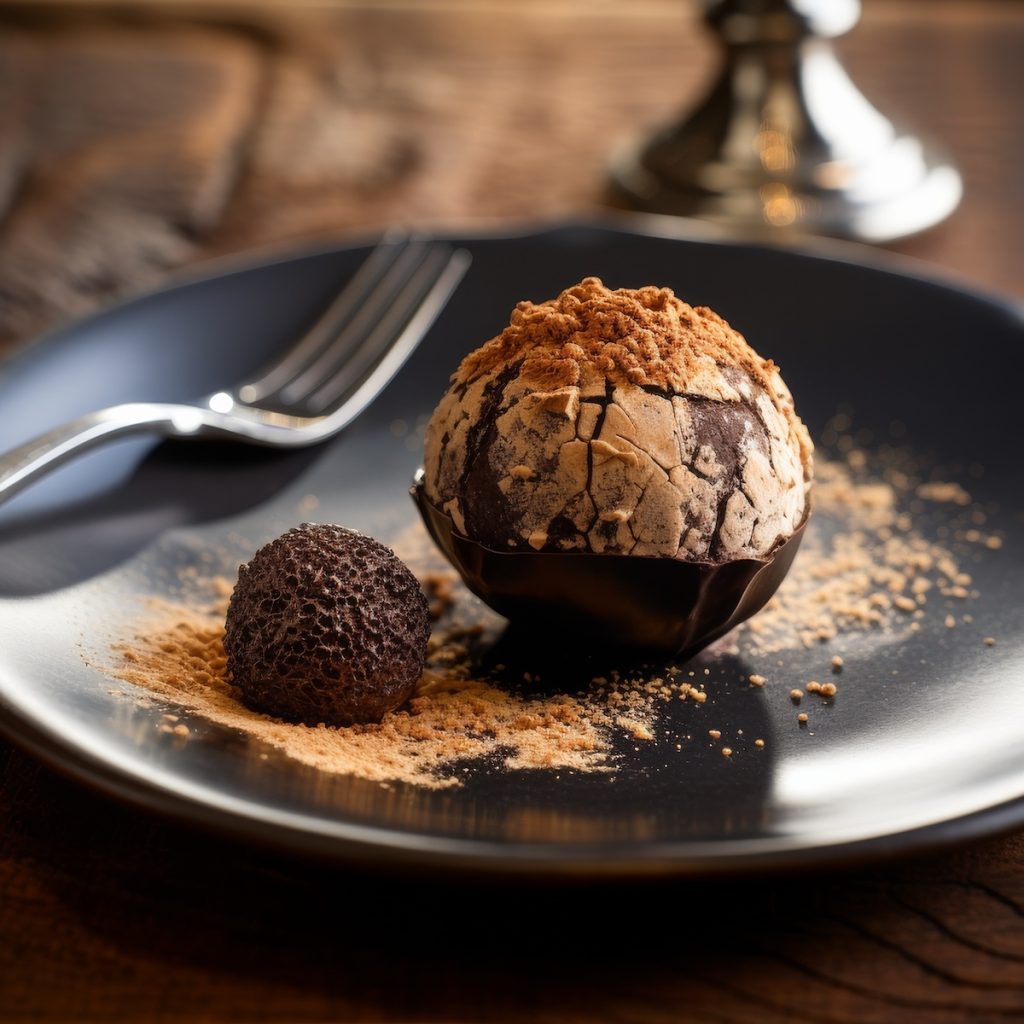
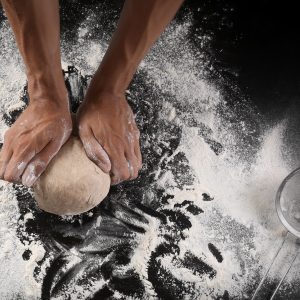
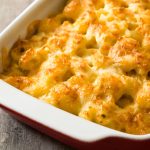
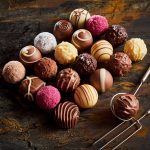
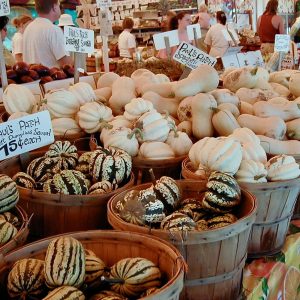
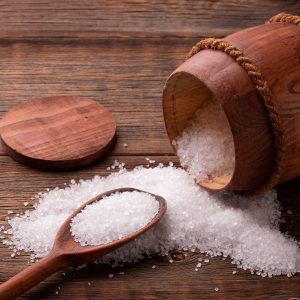
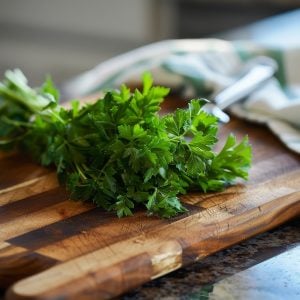
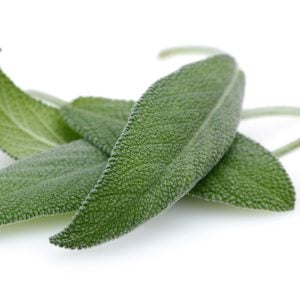

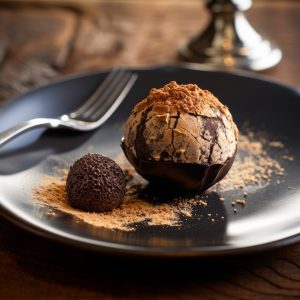
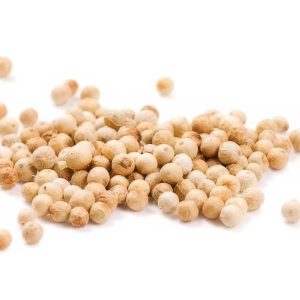
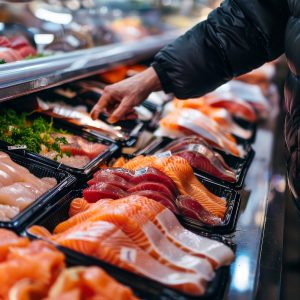


2 Responses
Thanks for sharing. I happened to watch a programme on tv which briefly featured a dog hunting for truffles and it was nothing like the truffles I knew.
This article written by The Reluctant Chef is very informative. Thank you for posting.
After making my own healthful version I wondered who brought the piggy found truffle from the forest floor to the desert table. My own interpretation was either humble country folk , a creative granny or a French chef. L’Esscofier apprentice ,truffle hunters world wide thank you for you wonderful mistake! I imagined the creation to be purposeful to mimic the long sought for forest floor “mushroom” and bring its lumpy form to the desert table as the delicious chocolate creation to the amazement of dinner guests. Yes, I have learned truffles are fungi and the Latin name is less appealing in English.
Are Belgian truffles best? What is your pick? Now I know why there are white and dark chocolate truffles in the chocolate box. Thank you again Monsieur Le Reluctant Chef.
Must check my truffles to see if they are lumpy oh yes,I mean delicious. Prefer Belgian truffles any day!